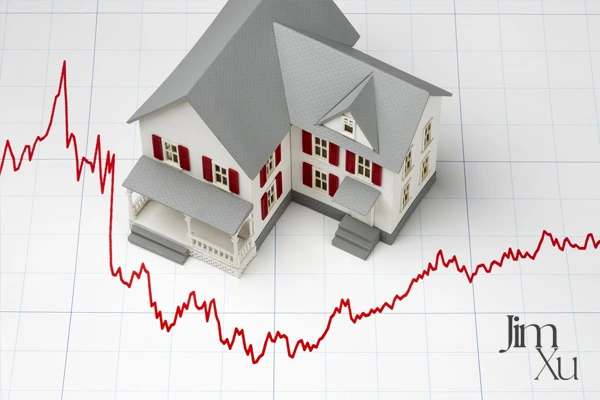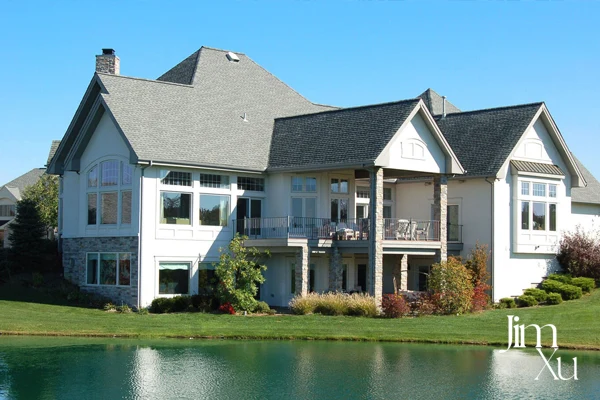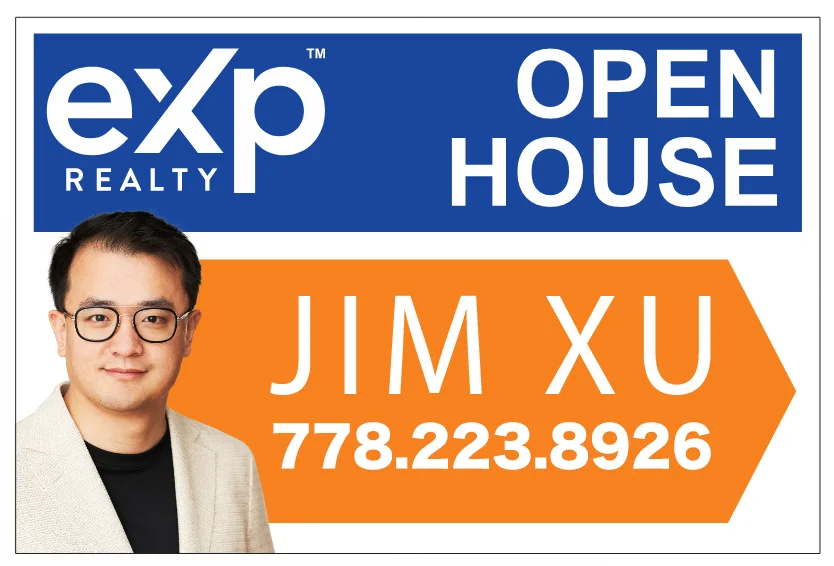An Adjustable Rate Mortgage (ARM) is a type of home where the interest rate can change over time. Unlike traditional fixed-rate mortgages, where your interest rate stays the same, the rate on an ARM can go up or down based on a financial index like the prime rate. This setup often gives you a lower starting rate, which can be appealing if you’re not planning to stay in your home for a long time or if you think interest rates will drop. However, this also means your monthly payments could increase if the rates go up. It’s important to really understand how these changes can affect your budget, especially if you’re thinking about getting an ARM.
How Does an ARM Work?
Now we know that what is ARM? We need know how does it work? An Adjustable-Rate Mortgage (ARM) usually begins with a period where your interest rate stays the same. This period can last from one to ten years, depending on what you agree on with your lender. During this time, you’ll know exactly what your mortgage payments will be, which makes budgeting and planning easier. After this fixed period, your interest rate will start changing at set times, like once a year or even once a month. These changes are based on a financial benchmark, such as the prime rate, and include a fixed extra amount (a margin) that doesn’t change.
While the steady payments at the start are great for budgeting, the changes later can make financial planning more challenging. Your payments could increase if the rates go up, although there are usually limits on how much and how often your rate can change. Getting an ARM might save you money initially, but you need to keep an eye on the rates and be flexible with your budget in the future.

Benefits of an ARM
One of the big perks of choosing an Adjustable-Rate Mortgage (ARM) is that your initial payments are usually lower than those of fixed-rate mortgages. This makes ARMs really appealing if you don’t plan on staying in your home for a long time. For instance, if you think you’ll move or refinance your house before the rate starts changing, you can save a lot of money early on, avoiding future rate hikes linked to market changes. This is especially helpful if interest rates are dropping, because it could mean even lower costs down the line. Also, if you’re buying in a pricey area or investing in property, saving on those early interest payments can help you manage your money better right from the start. In short, ARMs offer a flexible and budget-friendly choice for anyone with short-term living plans or those looking to cut down on initial home-buying expenses.
Also see: How a Bridge Loan Works
Risks and Considerations
Adjustable-Rate Mortgages (ARMs) have lower initial rates, but they come with some risks. The main risk is that rates might go up in the future. When the interest rate changes based on the market, your monthly payments could increase too. This is often called “payment shock” and happens if rates jump quickly and by a lot, making your monthly mortgage payments suddenly much more expensive. It’s important to think about this risk.
Before choosing an ARM, consider how flexible your budget is. Can your future income cover bigger mortgage payments if rates go up? Also, think about how much uncertainty you can handle. If you prefer knowing exactly what your payments will be each month, a fixed-rate mortgage might be better for you. In the end, whether an ARM is a good fit depends on your financial situation and how comfortable you are with the possibility of rising costs.

Read more: Selling Your House Quickly
ARM vs. Fixed-Rate Mortgages
Adjustable-Rate Mortgages (ARMs) and fixed-rate mortgages cater to different financial needs and risk preferences. With a fixed-rate mortgage, your interest rate stays the same for the entire loan period, which could be many years. This means your mortgage payments never change, making it easy to plan your budget. This stability is especially useful when interest rates are rising because it keeps your payments steady.
In contrast, ARMs usually start with lower interest rates compared to fixed-rate mortgages. This can be beneficial when current interest rates are high but are expected to drop, as you’ll pay less initially. However, the downside is that your interest rate can change over time. If rates go up, your payments will increase too. ARMs are a good option if you expect to earn more money in the future, plan to sell your house before the rate adjusts, or are okay with some uncertainty in your future payments.
Choosing between an ARM and a fixed-rate mortgage depends on how stable your financial situation is, how long you plan to stay in your home, and how comfortable you are with the potential changes in interest rates.
Who Should Consider an ARM?
Adjustable-rate home loan can be a great option for certain types of homebuyers.
First, they’re ideal for people who expect to make more money in the future, like young professionals or anyone in a career with fast growth. If you think you’ll be able to handle larger payments if interest rates go up, an ARM could work well for you.
Second, ARMs are a smart choice for those planning to sell their home before the interest rate changes. This way, you can enjoy lower initial payments without worrying about rates increasing later. This is often a great option for first-time homebuyers or people who move frequently for work.
Lastly, if you’re buying a house when interest rates are high but expected to drop soon, an ARM might save you money. You can start with a lower rate and then refinance to a better rate when the market improves. This approach is particularly useful in uncertain economic times when rates are likely to decrease.
In all these cases, it’s important to consider your financial situation and how much risk you can handle. Make sure an ARM fits your long-term plans for both your home and your finances.
Conclusion
Adjustable-Rate Mortgages (ARMs) could be a good option for people expecting their incomes to increase, planning to move before their loan rates adjust, or entering a market where interest rates might go down. These mortgages start with lower payments, giving you more room in your budget during the early years. However, since payments can rise when the rates adjust, it’s important to think carefully about your financial situation and how much risk you’re comfortable with. Talking to a mortgage advisor is a smart idea to understand the details of ARMs and make a choice that fits your long-term financial plans.






